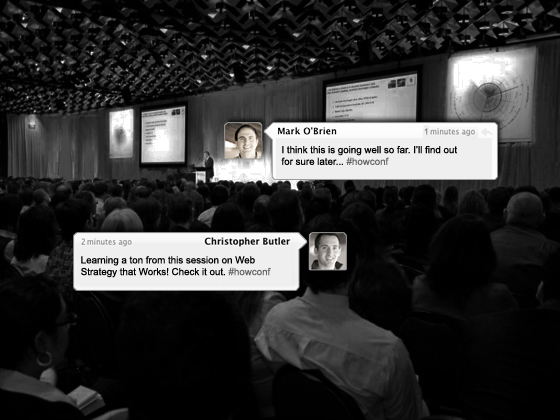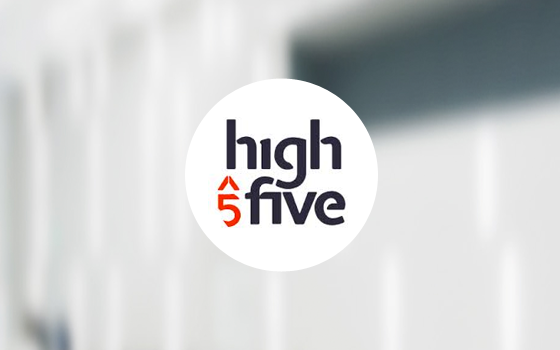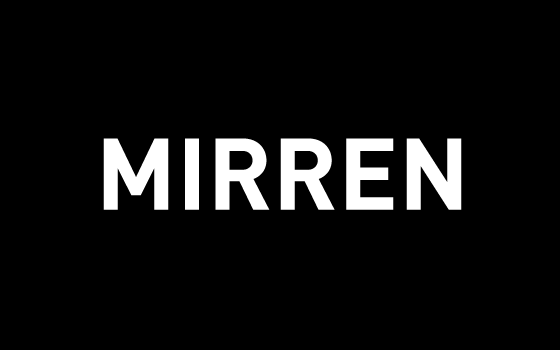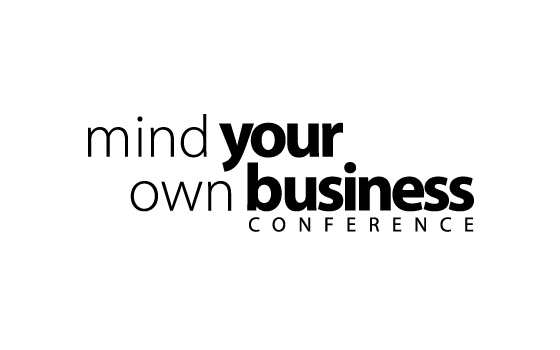I have to admit, I’ve been quite skeptical of Twitter for a long time. When Bryn Mooth joked about Twitter being insignificant during her opening greeting at the HOW Design Conference a few weeks ago, I found myself agreeing – not with her intentionally tongue-in-cheek delivery, but rather with the face value of what she was saying.
I had been using Twitter via my iGoogle page for quite some time. That interface only let me see the last few posts from those that I’m following, and I wasn’t really getting much from it. This all changed during my time at the conference though.
I happened to decide to give TweetDeck a try a few days before leaving for the conference. This was the beginning of my epiphany. TweetDeck allows a much deeper view into the Twitter landscape you’re personally interested in. The interface lets you see up to 40 tweets at once, depending on your monitor size and the way you set up the application. This sounds overwhelming, but the design is great, and it actually makes it quite easy to scan many messages at once. The default view, which consists of columns for All Friends, Mentions, and Direct Messages, is great. I added a fourth column, for the hashtag #howconf, and this is where things got really interesting.

Someone, I can’t recall who, suggested a Twitter hashtag of #howconf for all Twitterers to use to post any conference-related tweets. Within an hour it seemed that everyone at the conference with an iPhone (read: everyone) and a Twitter account (almost everyone) agreed to use this tag and started tweeting away. The speed and coordination of just this effort impressed me quite a bit. The use of the hashtag is what really blew me away, though.
I’ve been to plenty of conferences, but this one was very different and Twitter had quite a bit to do with that. The #howconf Twitterstream was a veritable play by play of the conference. Covering every topic of interest to a conference attendee from where to eat, to what to do, to, of course, juicy session info – the #howconf stream had it all.
Twitter allowed the the attendees to get a lot more out of the conference, and it allowed me to gain very honest insight into how my sessions went. From my perspective as a speaker, this was a bit unsettling but also added to the adrenaline rush of the performance at the same time. What drives a speaker to want to deliver a great talk is the acceptance of the audience, and in this regard real-time Twitter evaluations up the anty.
Conferences exist to inform, rejuvenate and inspire the attendees, and each session should support that intent. Twitter helped to further that effort and, in my view, helped each attendee craft their own custom-tailored mini conference inside the conference.
In the month since the conference Twitter has been a great tool for keeping the speakers and attendees in touch. The conference organizers have used it to send out updates about post-conference materials and such. This is a rough guess, but I think there have been as many #howconf tweets since the conference as there were during. I expect this activity to taper off pretty quikly, but the fact remains that Twitter took an event that lasted four days and spread the feedback, follow up, and communication about and around the conference over the course of about six weeks. To me, this represents a lot of free added value to everyone involved.
So yes, I am finally now a fan of Twitter!



